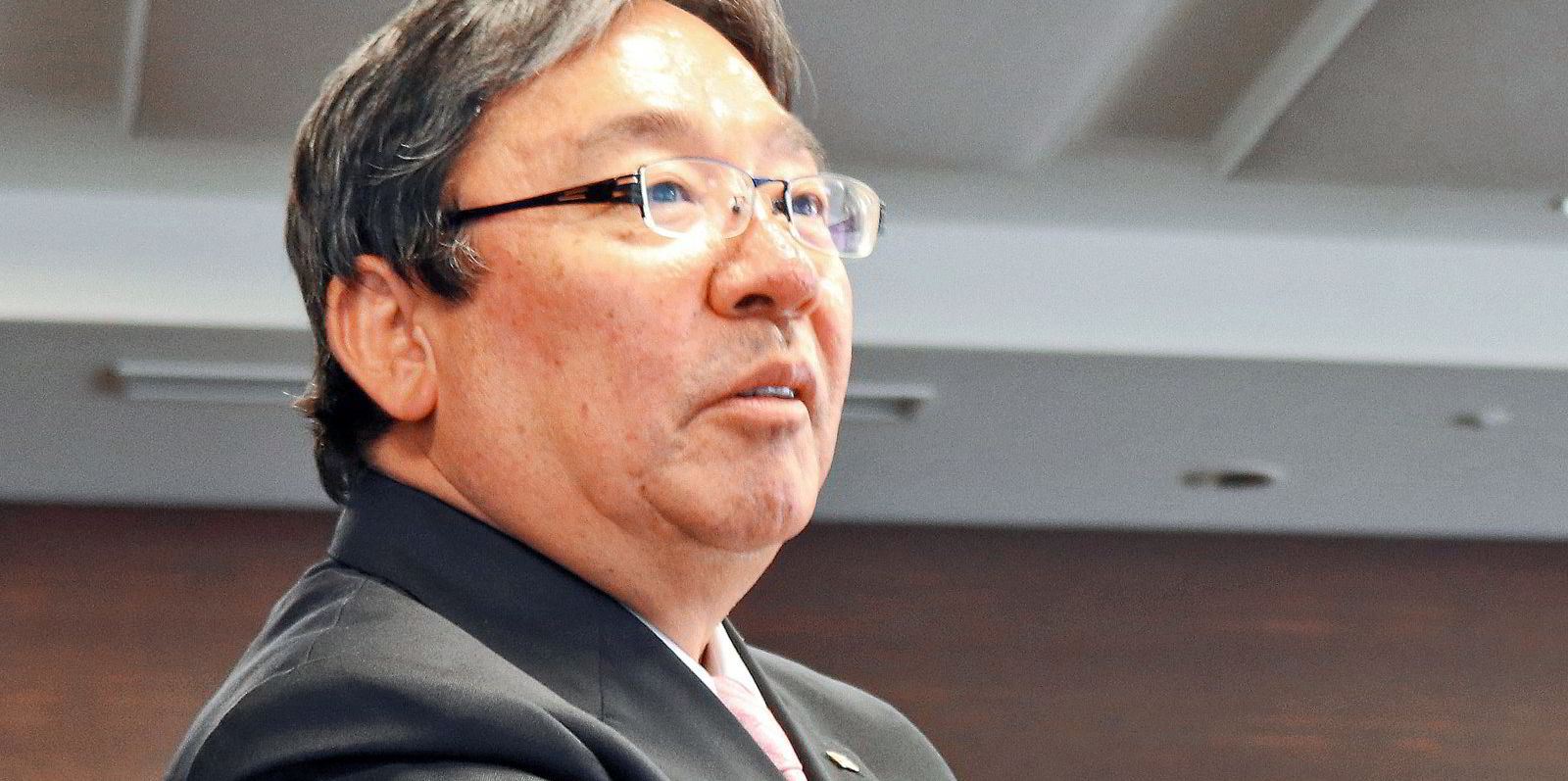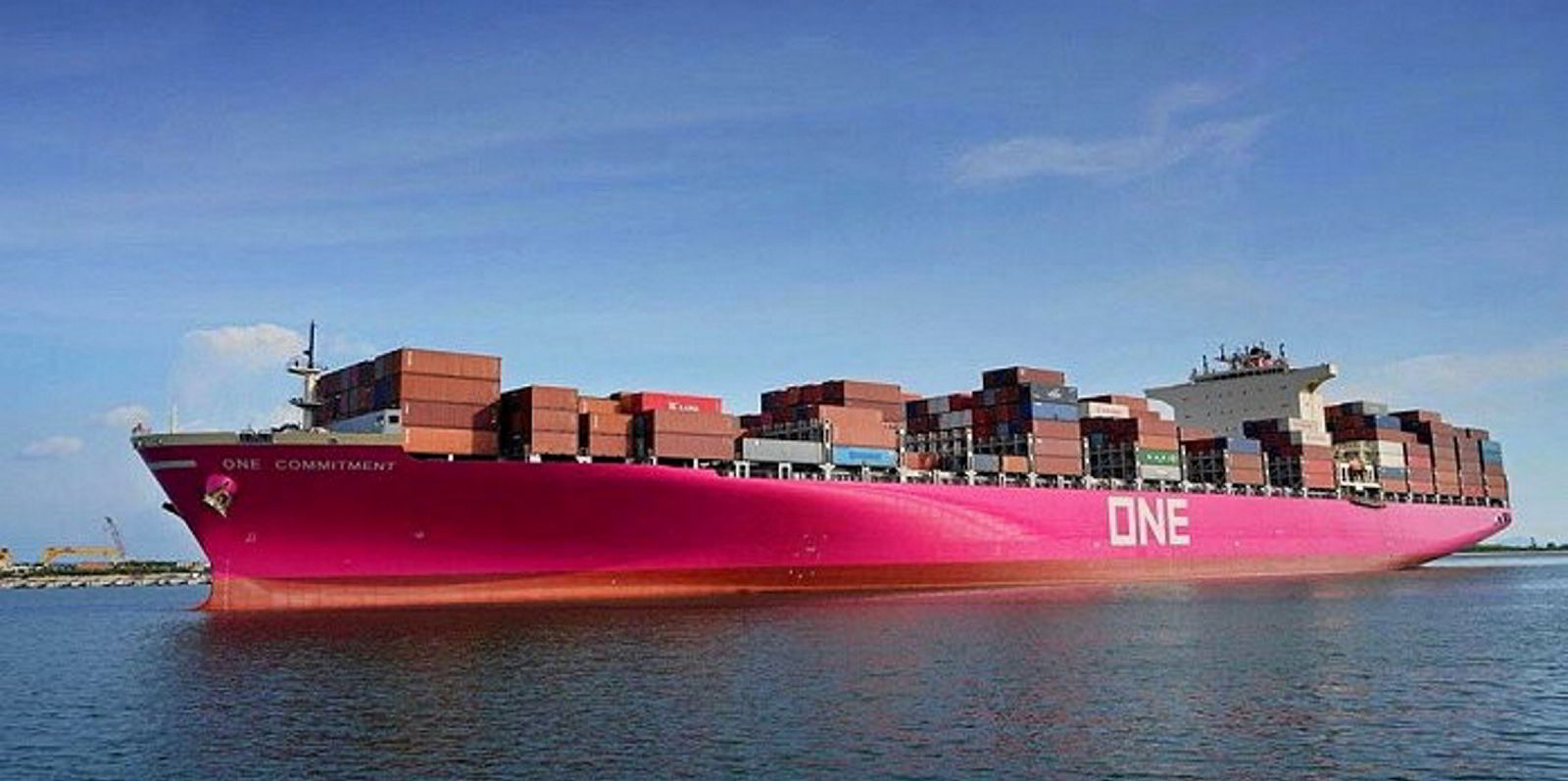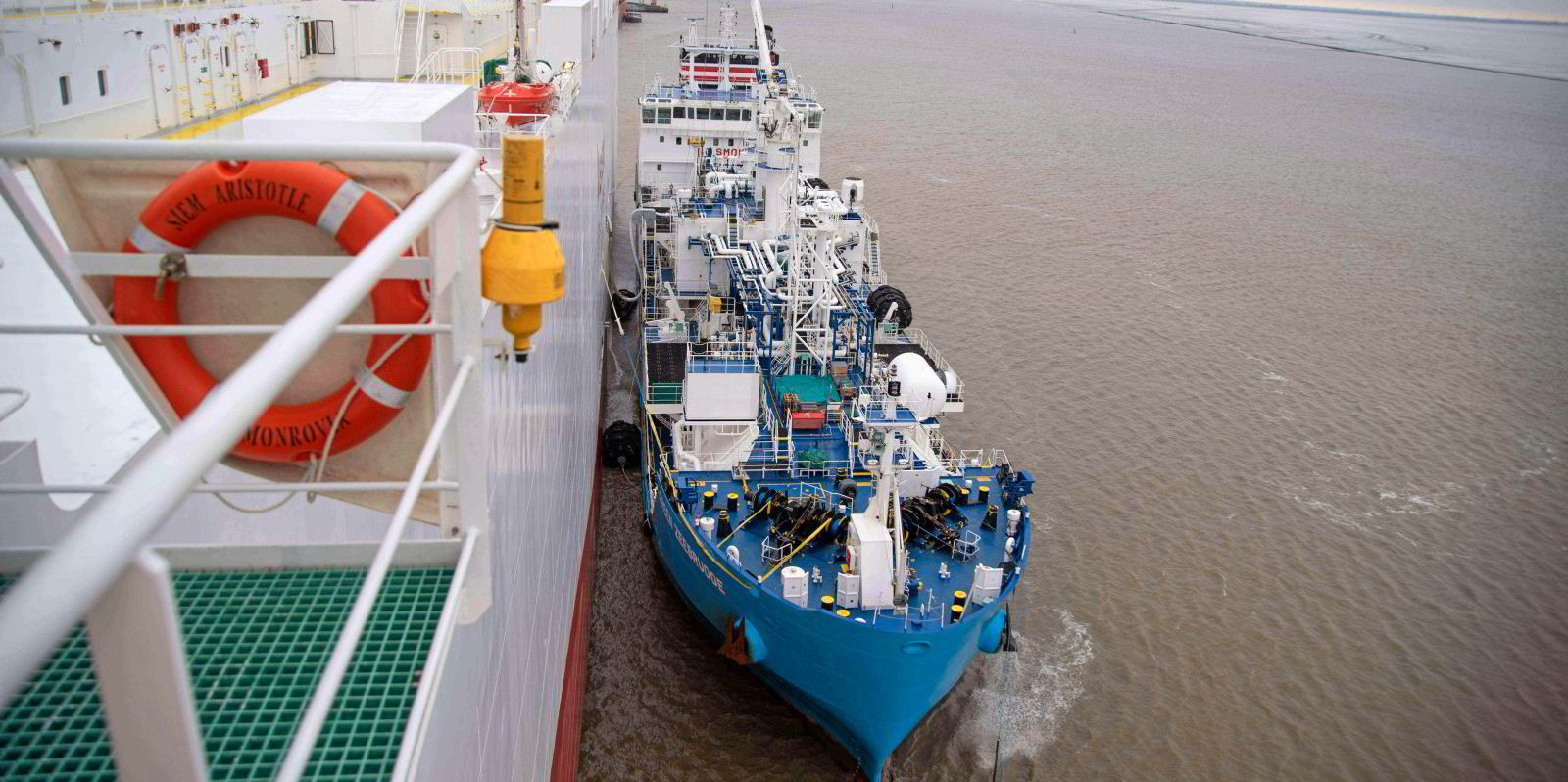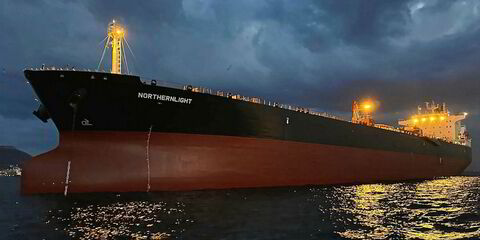NYK Line made a profit of ¥139.2bn ($1.27bn) last year, despite major restructuring costs at its dry bulk arm.
Japan’s second-largest publicly listed owner was helped by a blockbuster fourth quarter that saw net income surge to ¥86.8bn.
Revenue for the year was down 3.6% to ¥1.6trn, while the Tokyo-listed giant was able to trim costs by almost 6% to ¥1.37trn.
“During the current consolidated fiscal year, the Covid-19 pandemic had a major impact on the global economy, causing a year-on-year decline in cargo volumes across the businesses in the first quarter,” NYK Line said.
“However, from the second quarter, a stronger than expected demand recovery occurred and supported by robust cargo volumes particularly in the liner trade, air cargo transportation and logistics segments, strong results were achieved.”
NYK Line was helped by a strong fourth quarter at its containership arm, which posted a recurring profit of ¥72.3bn, or almost half of the full-year’s recurring profit of ¥140.8bn.
At the end of April, Japanese-controlled Ocean Network Express (ONE) reported a $3.48bn gain for the 2020 financial year, which ended in March.
That was 38% higher than a forecast of $2.52bn in January and was way up on a profit of $105m in the previous year.
The Singapore-headquartered company attributed the increase to the recovery of cargo demand and rising short-term container freight rates.
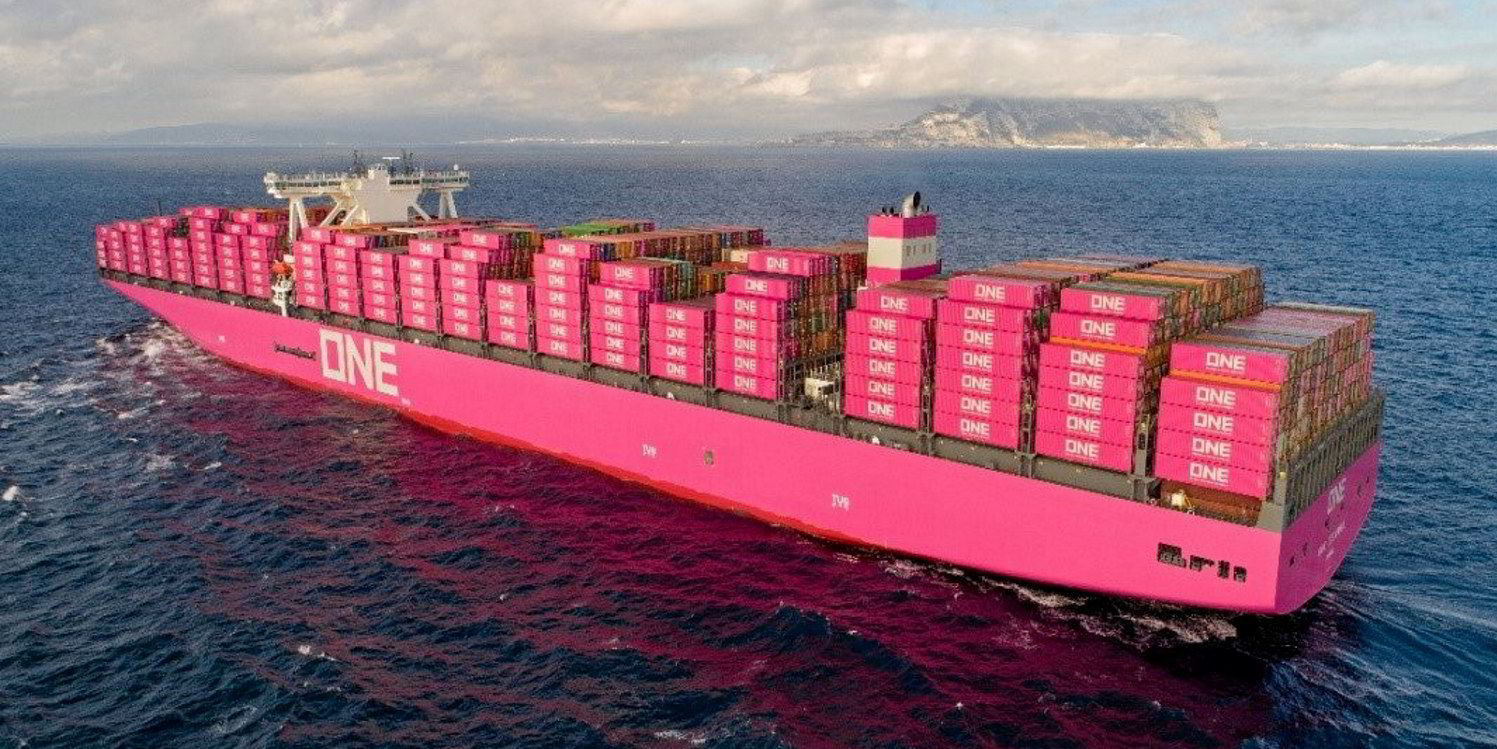
That was fuelled by the resurgence of the Covid-19 pandemic, which led to severe congestion, vessel idling and container shortages.
NYK Line is the largest shareholder in ONE with a 38% stake, while Mitsui OSK Line and K Line each have a 31% stake.
Its bulk shipping arm, which includes car carriers, tankers and dry bulk, saw recurring profit slump almost 60% to ¥18.6bn.
The division recorded an extraordinary loss of ¥54.7bn related to the restructuring of its dry bulk operation, with more such losses expected to be seen in the future.
Returned vessels
NYK Line said it had returned 10 “high-cost” chartered vessels since the end of the financial year to March 2019 as it looked to reform its capesize and panamax portfolios to “better reflect market volatility”.
At the end of the financial year, NYK Line had a fleet of 822 vessels of 67.4m dwt in total. Of these, 442 ships totalling 37.9m dwt were chartered in.
NYK Line is predicting more of the same this year, with a profit forecast for the year ending March 2022 estimated at ¥140bn.
However, the company is predicting a much weaker performance from its liner operation as economies return to normal on the back of a global vaccination roll-out.
“At the moment, transportation demand and port congestions continue, but it is unclear as to when the supply-demand balance would normalise,” NYK Line said.
However, it added that its outlook was formulated on the premise that it would gradually normalise from the latter half of the first quarter.
For its bulk shipping arm, NYK Line anticipates that car carrier volumes will recover year-on-year by about 18%, while bulk rates are expected to “remain high” in the first half of the year.
